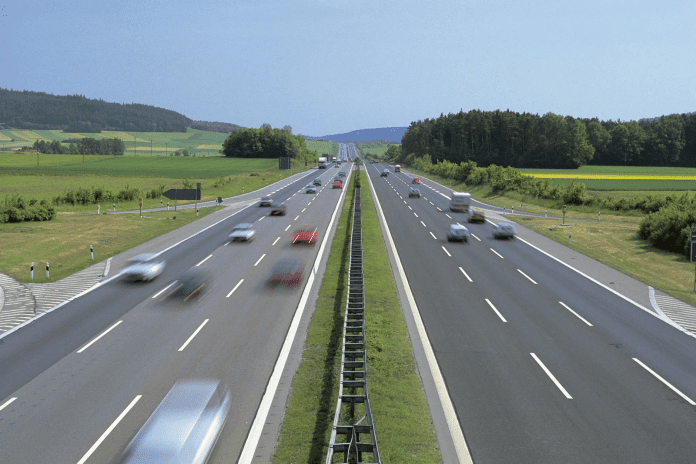The National Treasury’s Public Private Partnerships (PPP) committee has rejected the Nairobi-Mombasa Expressway plan, dealing a blow to the 459-kilometre mega project.
The rejection has now cast a cloud over the fate of the project that was slated to kick off in early 2026. According to the committee, the project development report (PDR) was presented as a greenfield project. However, the PDR allegedly had gaps on land use and land acquisition for the project.
A PDR contains a comprehensive overview of the project, and details the project’s development including its goals, scope, and potential risks.
Following the rejection, the committee said that the Usahihi Expressway Limited will be given an opportunity to revise the PDR and present it afresh for approval.
“The proposal was approved in December 2023 for progress to project development/feasibility study. The PDR was then finalized and submitted for approval,” the PPP Directorate said. “On July 2, 2025, it was determined that the PDR did not meet the relevant criteria and should be abandoned. The proposal may, however, be resubmitted to the committee for fresh determination in line with Section 43 (12) of the PPP Act, 2021.”
Usahihi Expressway Limited which is backed by US firm Everstrong Capital submitted the project’s feasibility study in May 2025.
“In a landmark moment for Kenya and African infrastructure at large, Everstrong Capital has officially submitted the full feasibility study for the 459km Usahihi Expressway to the Kenya National Highways Authority (KeNHA),” the company had announced.
“The handover represents the most comprehensive and transparent study of its kind in Kenya’s history. This milestone not only affirms the project’s full readiness but also marks a critical shift from vision to execution.”
Should the project kick off, construction works on the road are expected to take four years to complete. To raise funds for the construction of the 440 kilometre mega highway, United States’ firm Everstrong Capital has been looking to raise up to Sh129 billion from the local market, including from local banks and local pension funds.
The developer will then raise Sh258 billion from external markets to bring the total estimated construction cost to Sh465.12 billion. Once complete, the Expressway would operate on a toll-basis.
“The toll charges will be in the neighbourhood of Sh12 to Sh13 per kilometre. As you know right now, the current expressway is Sh18; it started at Sh13 and now it is at Sh18. We are going to be below what the current expressway is charging,” Usahihi Chairman Kyle McCarter who is also the former US ambassador to Kenya had said in early May, 2025.
“We are optimizing that toll rate to lower the charge as much as we can by lowering the cost of construction and lowering the cost of capital. The more we save, the more that toll rate goes down.”
The cost of usage is expected to vary depending on vehicle size and weight, with trucks expected to pay more. In early 2025, it emerged that heavy commercial vehicles might be compelled to strictly use the expressway, which will in turn see these vehicles contribute up to 75 percent in toll revenue.
READ MORE: NSSF to put Sh25bn in Chinese consortium bidding for Mau Summit highway








